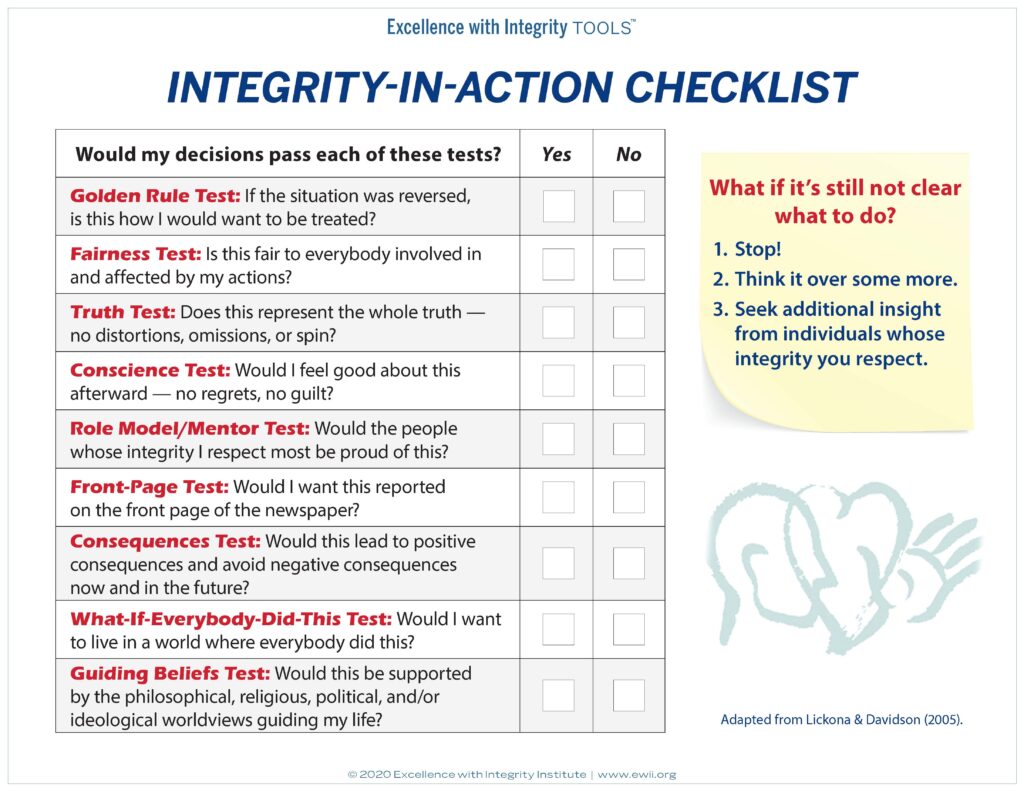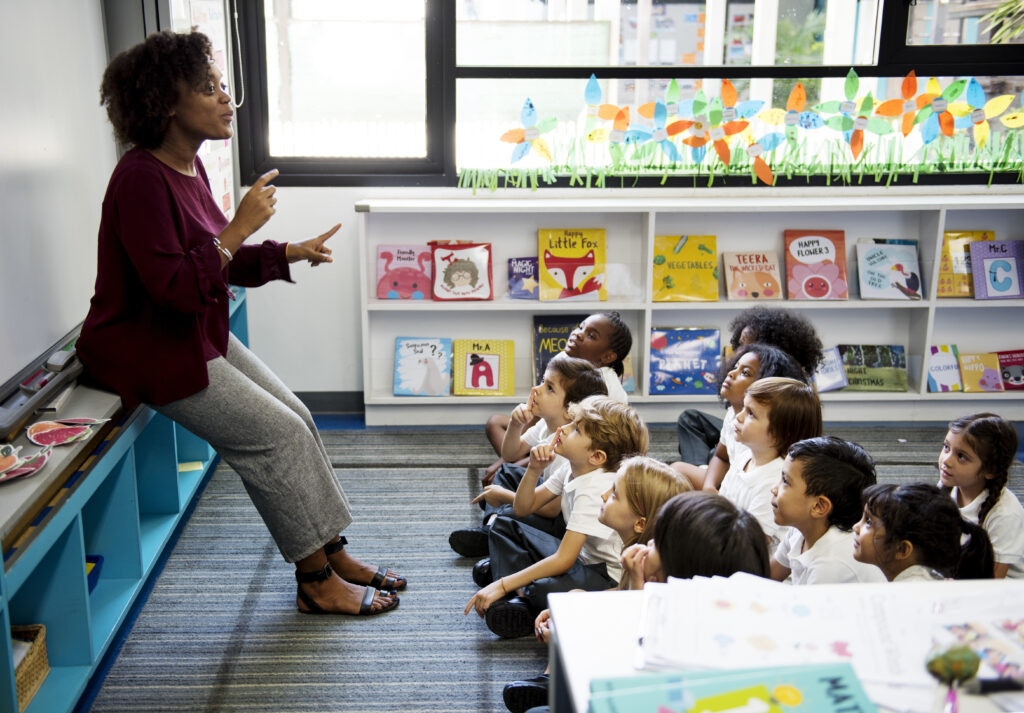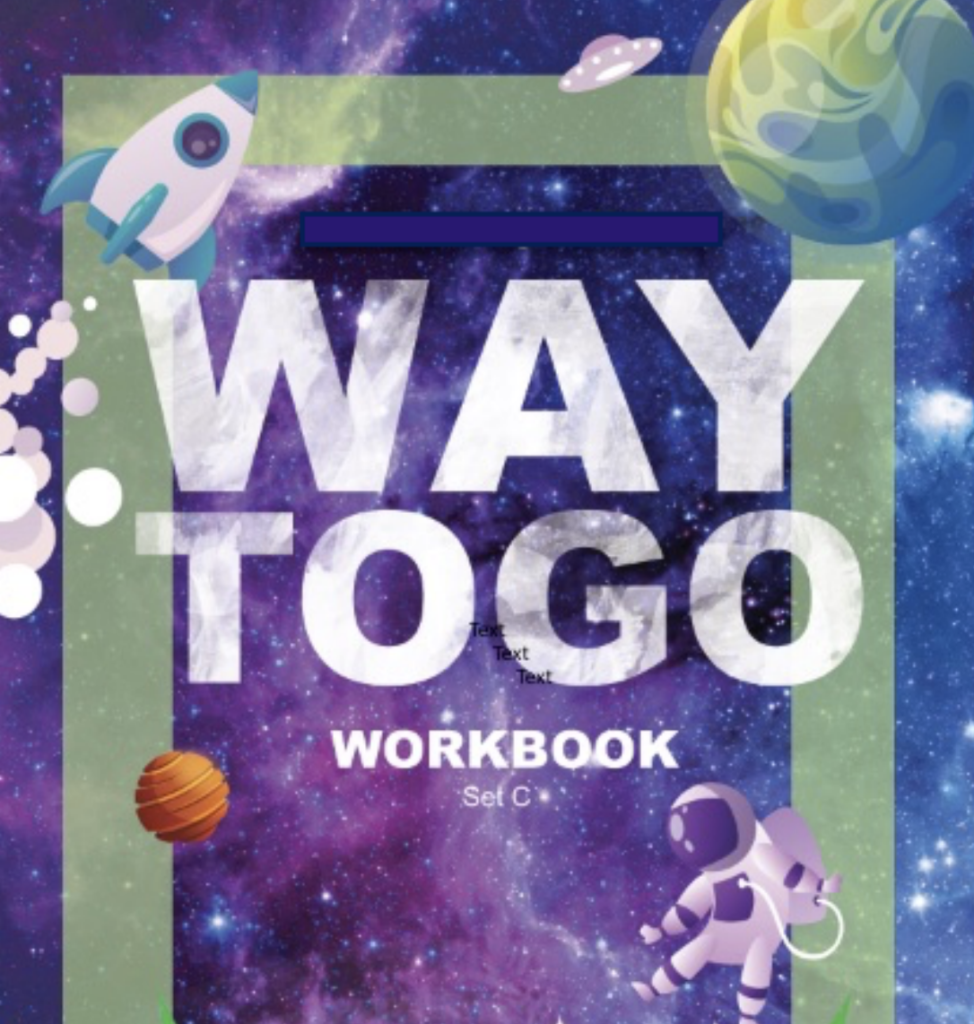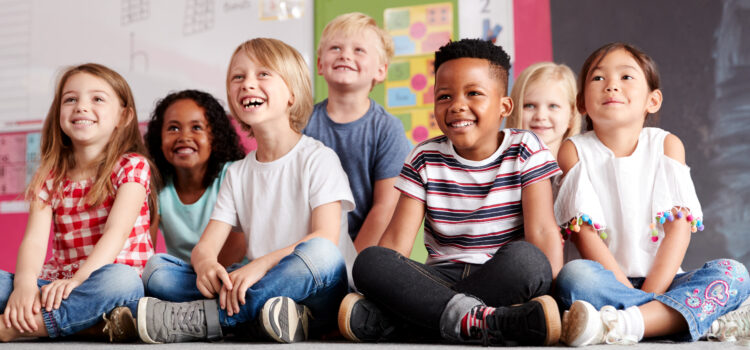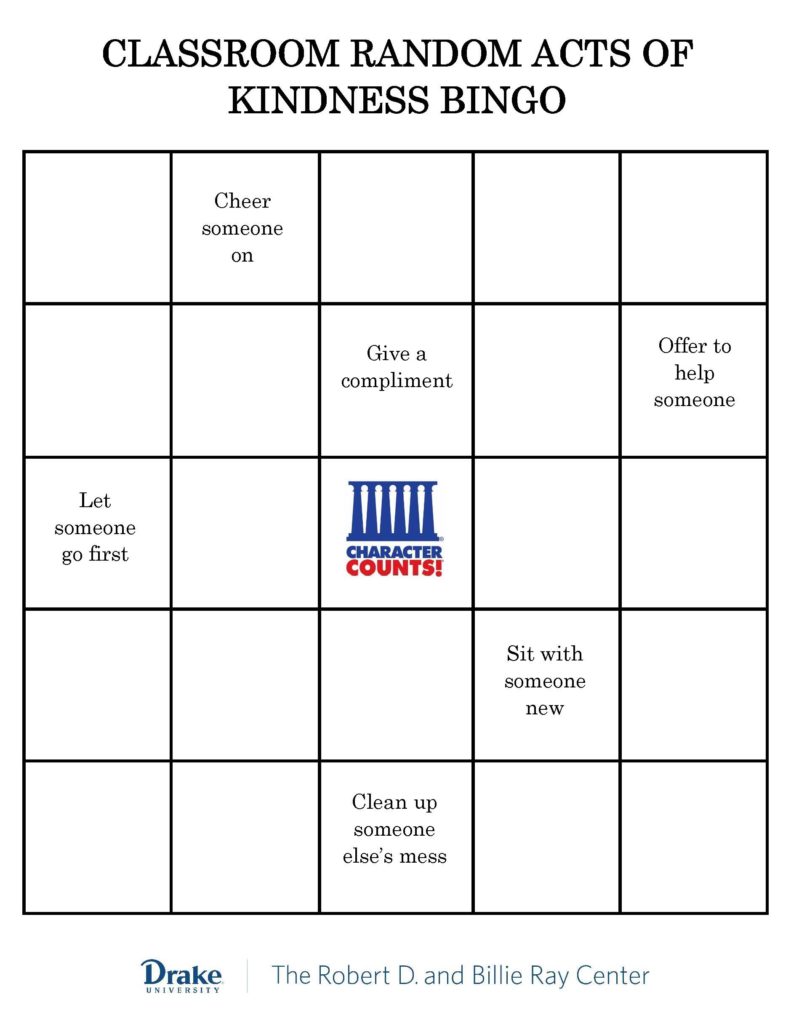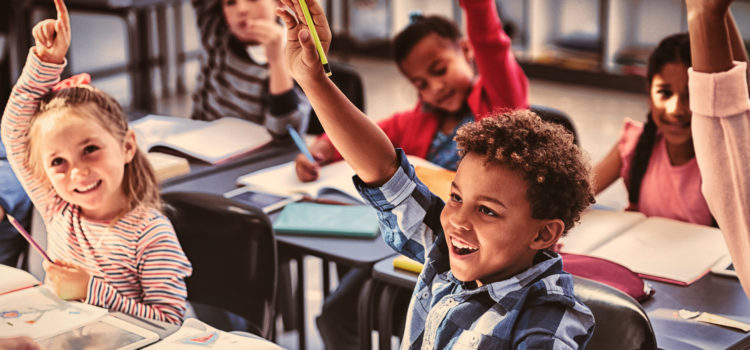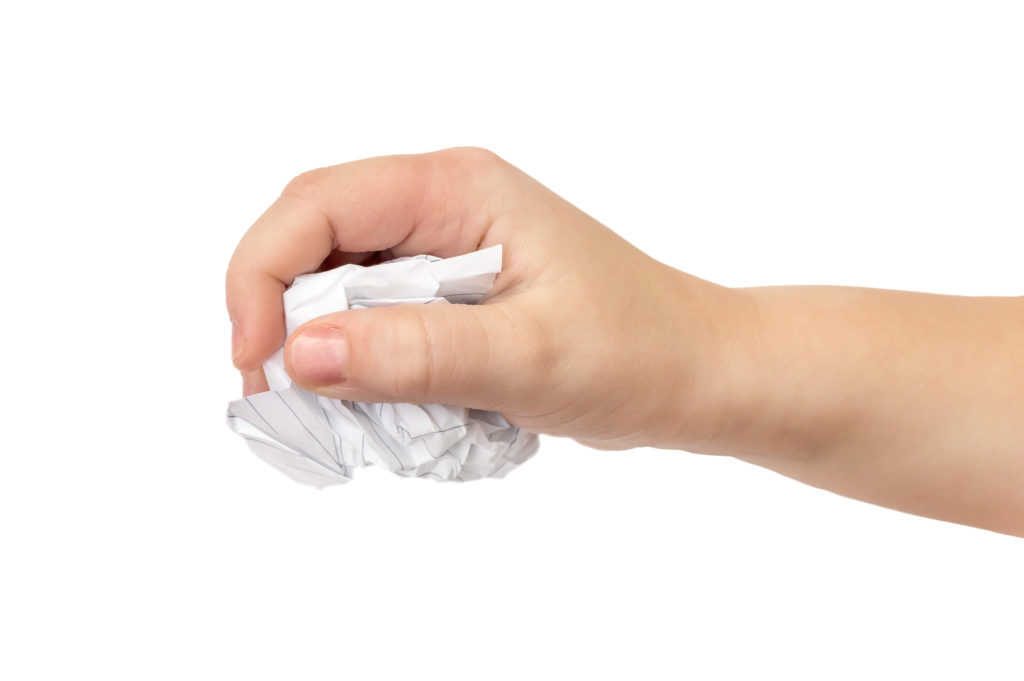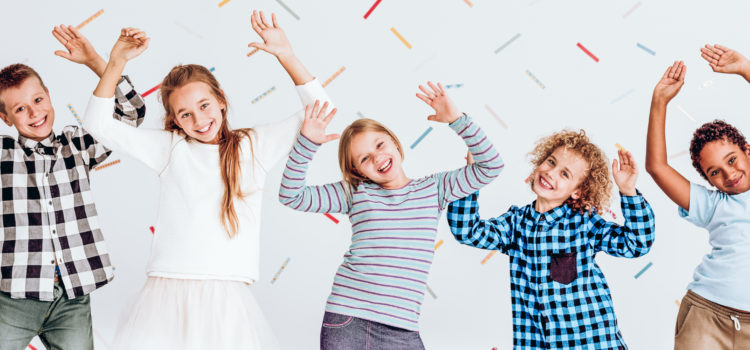Return to Learn: Respect
Every school stakeholder – students, parents, educators, and administrators – have a key role in the success of each school year. How well these stakeholders work together and treat each other with respect ultimately determines how successful the year will be.
A Compact for Excellence is a simple tool to help groups of people agree on what they need to do in order to do their best work and treat each other with care and respect. To use a Compact, create a list of expectations (see sample below) that outline what every stakeholder needs to do in order to ensure their best work can be done and everyone is treated well.
Then, ask all stakeholders the following questions:
- Is there anything else that needs to be added to this list?
- Is there anything that needs to be clarified?
- Is there anything that you cannot or will not do?
- Do we agree to work with these guidelines?
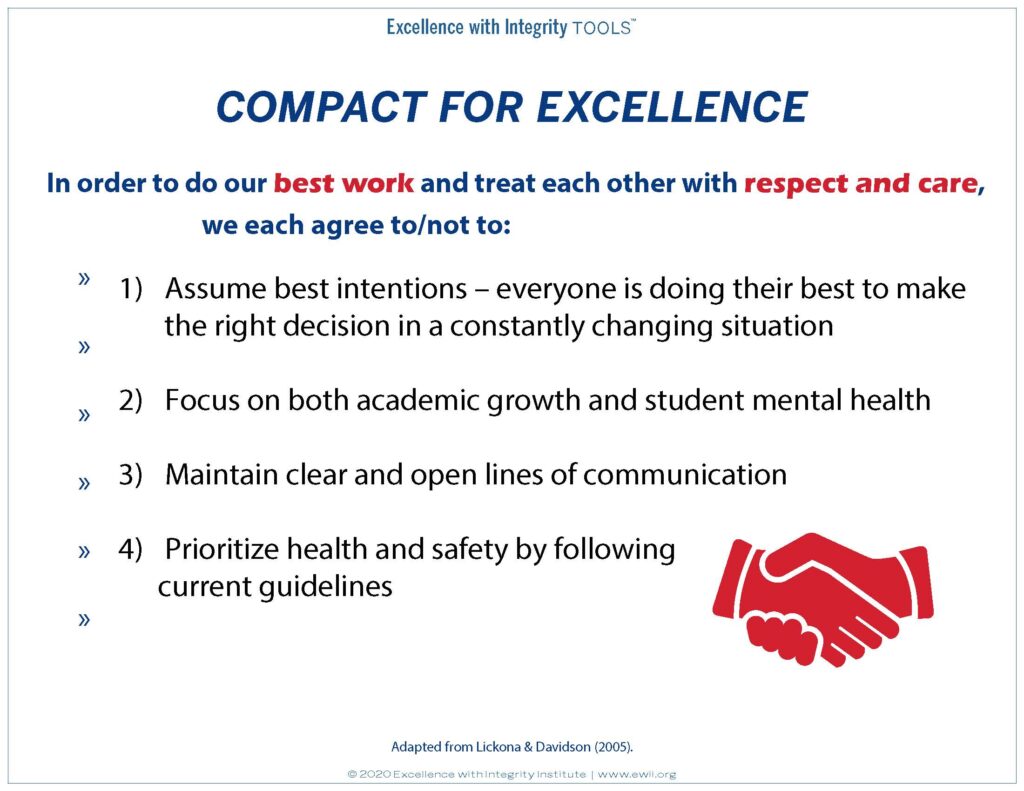
Respect for Educators: At the beginning of each school year, educators set classroom rules and expectations. This year is no different, but due to the COVID-19 pandemic you may need to update these expectations to address online learning, following health guidelines at school, or even create a Compact with parents and families so all stakeholders have clear guidelines for how everyone can do their best work and treat each other with care and respect.
Respect for Students: Whether working at home, in school, or in a hybrid setting, think about what is needed for you to do your best work and treat others well (teachers, parents, siblings, other students, etc.). Create a Compact for Excellence that outlines what all parties agree to do in order to do your best work and treat each other well, no matter the environment. You can also create a Compact with your group before beginning a new group project.
Respect for Families: Create a Compact for Excellence with your children that outlines how you will work together to ensure that everyone can do their work effectively and treat each other well. Agreements could be: 15-minute active break for every 60 minutes of work, only engage on social media during breaks, negotiate who utilizes work spaces (at home), maintain social distance and wear a mask (if back at school), and so on.
